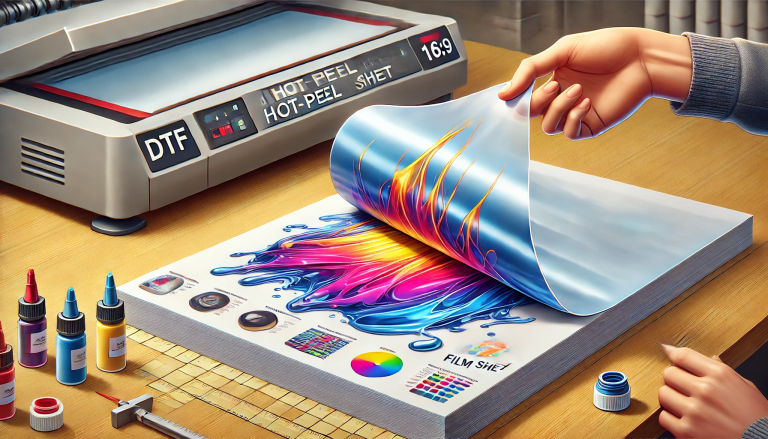“Can You Remove a DTF Transfer?” -MAXDTF- UV DTF PET Decal Factory, UV DTF AB Decal Supplier, Made in China
Welcome to today’s discussion on DTF transfers. If you’re in the printing or fashion industry, you may have come across the term ‘Direct to Film’ or DTF transfers. This technology is quickly gaining traction as a popular method for transferring designs onto various materials, especially textiles. However, a common query that arises is: can you remove a DTF transfer once it has been applied? Let’s delve into this.
What is a DTF Transfer?
Before we dive into the removal process, it’s crucial to understand what a DTF transfer is. DTF stands for Direct to Film. This technology allows for high-resolution prints to be transferred onto a wide variety of materials without the need for pre-treatment of the substrate. The design is first printed onto a special film using special inks, and then it’s transferred to the desired surface, such as a t-shirt or bag, using heat and pressure.
Can You Remove It?
The answer to this is both yes and no, depending on several factors:
- Quality of Application: If the DTF transfer is correctly applied with the right amount of heat and pressure, it forms a strong bond with the substrate. This makes it significantly harder, if not impossible, to remove without damaging the material.
- Nature of the Material: Some materials, especially delicate ones, can be easily damaged if you attempt to remove the transfer. Sturdier materials might withstand removal attempts but could still show signs of wear or distortion.
- Age of the Transfer: Over time, the bond between the transfer and the material strengthens. An older transfer might be more challenging to remove than a newer one.
Methods to Try:
If you’re determined to attempt the removal of a DTF transfer, here are a few methods you can consider, though success isn’t guaranteed:
- Heat: Sometimes reheating the transfer can soften the adhesive, making it easier to peel away. Use an iron or heat press, but be cautious not to overheat or burn the material.
- Acetone or Nail Polish Remover: This can work on some materials, but it’s essential to test a small, inconspicuous area first. Acetone can dissolve some fabrics and alter the color of others.
- Commercial Adhesive Removers: There are several products available that claim to remove print transfers. If you decide to try one, follow the manufacturer’s instructions carefully and always do a patch test.
A Word of Caution:
Always test any method on a small, hidden part of the material first. It’s also worth noting that even if you successfully remove the DTF transfer, there might be residual adhesive or a visible mark left behind.
In Conclusion:
Removing a DTF transfer is not straightforward and comes with risks. The best approach is always prevention. If you’re looking to apply DTF transfers to products, always ensure that the design is finalized and correctly positioned before transferring. If you do need to remove a transfer, proceed with caution and be prepared for potential damage to the material. Always consider the value of the item before attempting removal. Sometimes, it might be more cost-effective to replace the item than to risk further damage.





